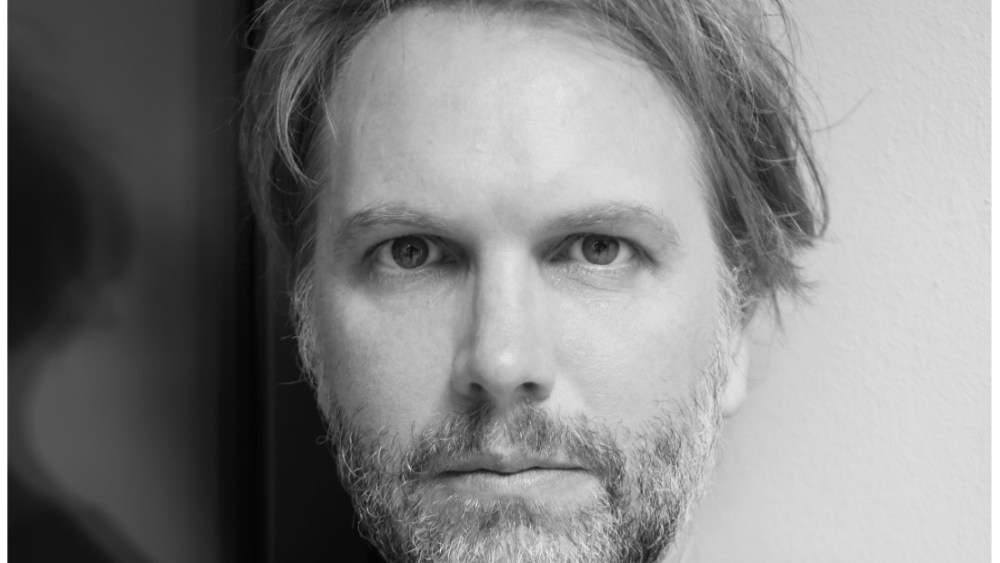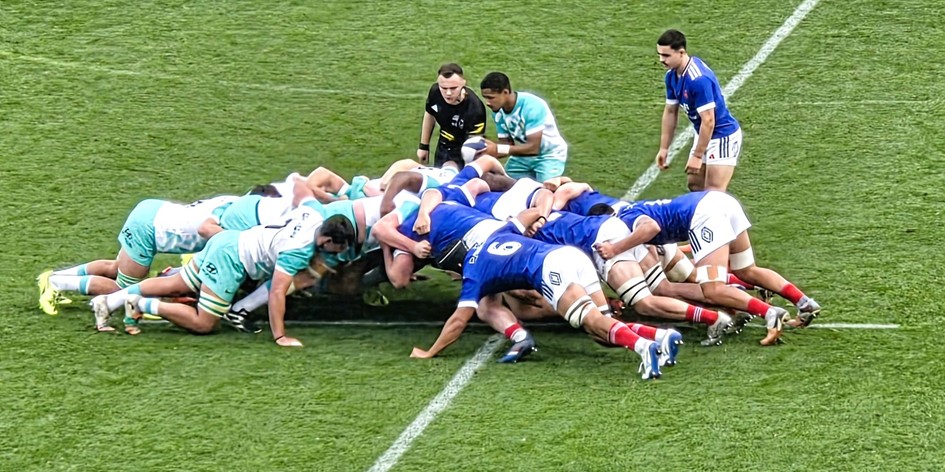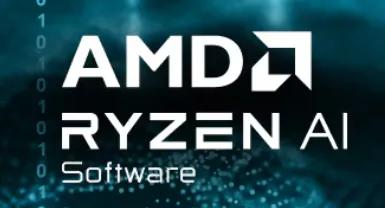Lando Norris has taken victory in an action-packed Sprint at the Sao Paulo Grand Prix, the McLaren driver holding off Mercedes’ Kimi Antonelli amid changing conditions in an event that saw the other papaya car of Oscar Piastri crash out early…
Author: admin
-

‘The Father’ Director Florian Zeller Joins Académie Française
Florian Zeller, a world-acclaimed playwright who made his directorial debut with the Oscar-winning film “The Father” starring Anthony Hopkins, has joined the Académie Française, a prestigious French literary society founded in…
Continue Reading
-

Saim Ayub and Abrar Ahmed hammer South Africa as Pakistan clinch ODI series
Saim Ayub in action against South Africa [Source: @CallMeSheri1_/x]
Pakistan bulldozed South Africa in a one-sided affair to clinch the three-match ODI series 2-1. Young opener Saim Ayub notched up his second successive half-century of the series,…
Continue Reading
-

Jennifer Lawrence backs this postnatal depression pill. Does it work? – The Times
- Jennifer Lawrence backs this postnatal depression pill. Does it work? The Times
- Jennifer Lawrence on Her ‘Bad Postpartum’ Experience After 2nd Baby (Exclusive) People.com
- After Recalling Thinking She’d “Ruin” Her Newborn And Fearing…
Continue Reading
-
Oscar Wilde’s ‘Dorian Gray’ went from scandalous to celebrated
Last season on Broadway, one of the most buzzworthy shows was Kip Williams’s adaptation of Oscar Wilde’s novel “The Picture of Dorian Gray.” Originally presented by the Sydney Theater Company, the production featured 26 characters, all…
Continue Reading
-
Gray Hair May Be Your Body’s Secret Cancer Defense – SciTechDaily
- Gray Hair May Be Your Body’s Secret Cancer Defense SciTechDaily
- Is Grey Hair Protecting You from Skin Cancer? Scientists Explain Times Now
- Found a few gray streaks? Study reveals your gray hair might actually be good for you Times of India
- What…
Continue Reading
-

SA U19 Academy come up short in France
Things were understandably scrappy in what was essentially the first steps for the Junior Boks’ “Class of 2026”, as the players didn’t have a lot of time together, coming off a short break after the…
Continue Reading
-

Miike Takashi’s ‘Sham’ to Compete for Golden Peacock at India’s IFFI
The 56th International Film Festival of India (IFFI) has unveiled its International Competition slate, featuring 15 feature films competing for the Golden Peacock award and total prize money of INR90 lakh ($101,500).
The competition…
Continue Reading
-

Ryzen AI Software 1.6.1 Advertises Linux Support
Ryzen AI Software as AMD’s collection of tools and libraries for AI inferencing on AMD Ryzen AI class PCs has Linux support with its newest point release. Though this “early access” Linux support is restricted to registered AMD…
Continue Reading
-
Still on Windows 10? Enroll in free ESU before next week’s Patch Tuesday – BleepingComputer
- Still on Windows 10? Enroll in free ESU before next week’s Patch Tuesday BleepingComputer
- Microsoft shares Windows 10 extended security updates requirements and activation IDs Neowin
- Windows 11 In Focus, As Windows 10 Support Ends: What Will Be…
Continue Reading
